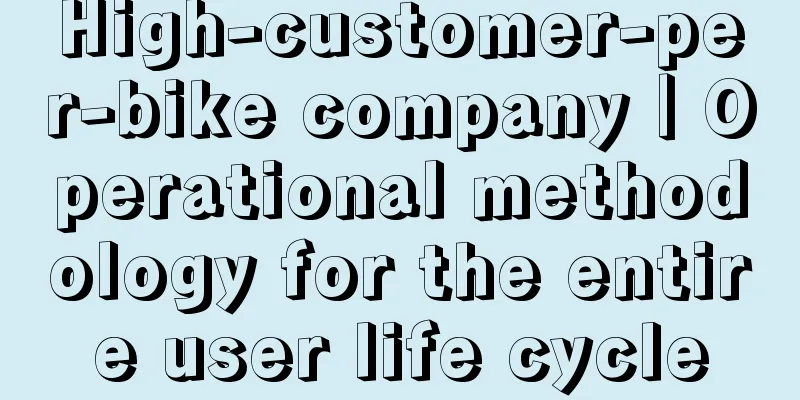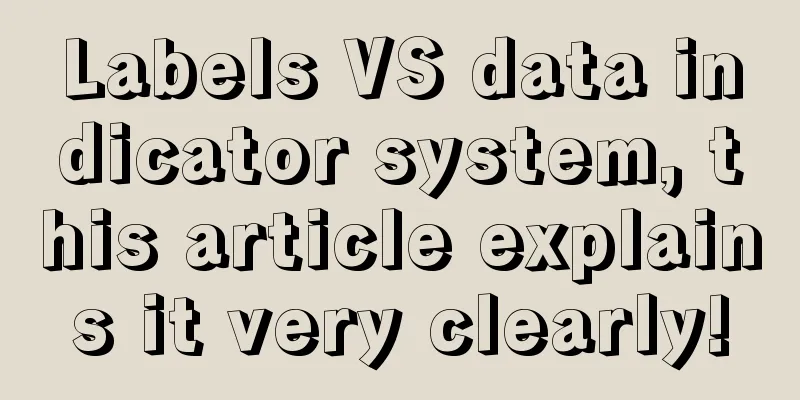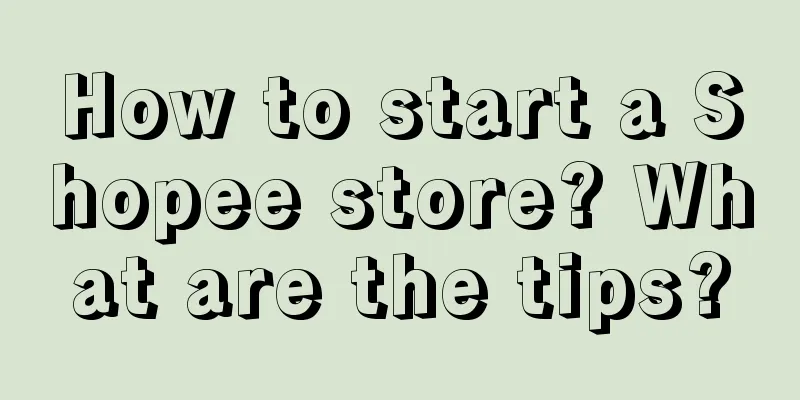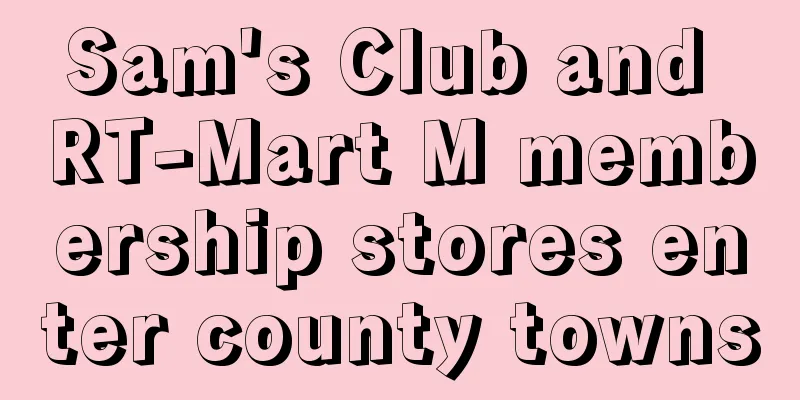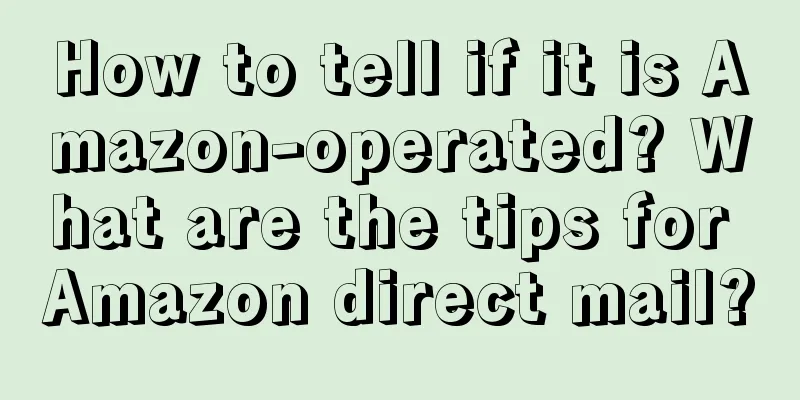Are netizens all rich people who have coupons but don’t use them?
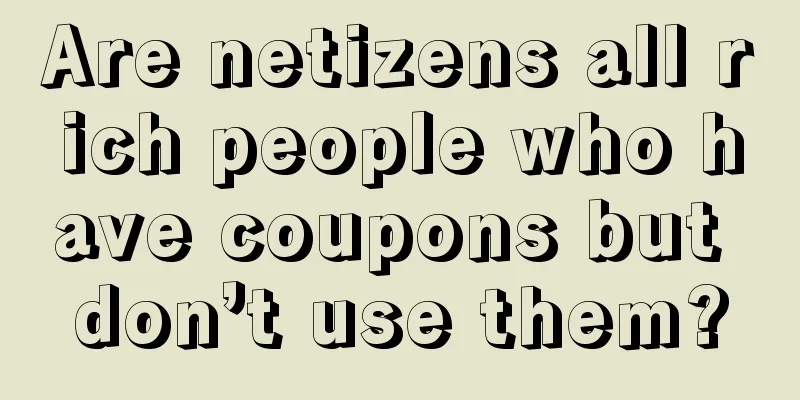
Nowadays, whether it is e-commerce platforms such as Taobao, Tmall and JD.com, or food delivery platforms such as Meituan and Ele.me, as long as it involves "consumption", coupons will generally be issued to encourage consumers to use it. It can be said that there are very few platforms that have no coupons at all. There are so many coupons that it’s hard to tell when they will appear in your account. However, many people still pay the original price without using any coupons. Why do users not use the coupons they have received? How to increase the probability of users using coupons? We have launched a discussion on Tiantianwen. Let's see what our friends have to say~ 01 There are coupons available, why not use them?Imagine if you had a 5-yuan voucher for a Maserati, would you buy a Maserati just for the voucher? Obviously, whether or not you can afford a Maserati is not determined by coupons. Apart from not being able to afford the product themselves, in most other cases, why do users not use coupons? 1. The discount is not strong enough and not attractiveIf you want users to use coupons, the first thing is of course that the discount must meet their expectations. Sometimes, the discount of the coupon is too small in the price of the product, which makes it unattractive to users. Even if the discount is a little bigger and meets the user's usage expectations, it is not enough to make the user feel that they need to consume immediately or they will lose money, so the end user may not use it. For example, MissFresh used to frequently send coupons to users, but it had a threshold for free delivery. So even if there was a discount, users would prefer to go to supermarkets or other channels to buy on demand if the items they needed did not meet the threshold. Therefore, whether to use coupons may be the result of comprehensive considerations, such as whether the product is necessary, whether the discount is attractive, whether you will lose money if you miss it, etc. 2. The cost of use is too high and I don’t want to bother with itEven if there is no threshold to use the coupon, you still need to invest a certain amount of money to use it. For example, for the first consumption, there may be registration costs, bank card binding costs, address input costs, etc. Too much initial cost can easily discourage people from using it. For example, when using digital RMB red envelopes, you must first download the software and then open a digital RMB wallet according to the process. Some users who received coupons gave up when downloading the software. In addition, some businesses will set up numerous thresholds, which will add more time and energy investment on top of the above costs. The most common red envelope is a get-40 off for every 99 you spend. The last digit of the product is usually 0.8 or 0.9. You try to get 99, but there is no red envelope for -40. After a closer look, you will find that it says "Available for selected products". At this time, the damage to the user experience is very great. Because the user has invested time and energy, and has long believed that they can get discounts if they gather enough money, but in the end, because the rules are not used, or because they spend more money to buy things they don’t need, they may feel that they have been "cheated" in retrospect. After going through this several times, next time I see a coupon for a discount, even if the discount is very large, I will feel that it is impossible to achieve it, so I will directly skip the coupon. 3. Is it a real offer or a fake offer?Is the price of a product after deducting the coupon necessarily cheaper than its original price? Some merchants, who want to attract customers through activities but do not want to reduce profits, will quietly raise the price of the product before issuing the coupon. For example, a snack shop on Taobao has a special area where you can get 100 yuan off for purchases over 199 yuan. At first glance, you might think it’s a great deal, but upon closer inspection, the same product is more expensive in the special area than in normal purchases. When the final total price is calculated, it is actually almost the same, but a discount of 199-100 is given in its name. What’s worse, the price after using the coupon is still higher than without the discount. Users have experienced so many “tricks” that the next time they see it, they can’t help but start to doubt whether it is a real discount or a fake one? 4. Passive coupons are not seen by usersSome coupon distribution mechanisms are to automatically and silently distribute coupons to the user account-coupon section when the user registers, resulting in the coupons being distributed but the user not noticing, thus wasting these coupons. When there is a lack of obvious reminders, such as text messages, push notifications, pop-ups, etc., the user will not be aware that he still has coupons to use, and will not choose the discount when paying. Or if a reminder is sent but at an inappropriate time, it will be covered by other text messages and be ignored. Even if users see the coupon, if they are not impressed, they may forget the coupon's expiration date, causing the coupon to expire. 02 How to increase the chance of coupon usageNow that you know why users don’t use coupons, you also need to understand how to increase the chances of using coupons. Here are some possible solutions. 1. Change the coupon distribution method to make it more difficult to obtainThe way to get coupons can be divided into active collection and passive distribution. Active collection usually has a higher usage rate than passive distribution, because the collection process requires time and energy, which makes users feel that it is hard-earned and cherish it more. If it is too easy to get coupons, it will be dispensable. Since it is not easy to get, customers will cherish it and are more likely to use the coupons. What we need to do is to increase the difficulty of obtaining coupons so that customers can't get them so easily. You may think that the store may not be able to issue coupons normally, and now you want me to think about how to make it more difficult to obtain coupons? In fact, if customers get coupons but don't use them, it's useless to get more. We can achieve our goal as long as we make customers who have received coupons want to use them. 2. Limit time and create a sense of urgencyGenerally speaking, a new user has the highest conversion rate on the day of registration or even within a few hours after registration. If you miss this opportunity, you will need to spend several times more effort to convert again. Therefore, at the very beginning, you should limit the usage time of the coupon, create a sense of urgency, and remind users that the discount period will end in XX hours. If you miss it, it will be gone! Even if the conditions for using the coupon are not met, a striking reminder such as "You still need XX to get a discount of XXX yuan" should be given to try to guide consumers to use the coupon. 3. Reminders, reminders, and more reminders!1) Reminders when browsing products This is more common in the large e-commerce industry. When browsing an e-commerce website, if the user has a corresponding product coupon, it will pop up directly on the product page to remind the user of the discount, or mark a discounted price near the price. This strategy is used to improve user conversion rates. The logic behind this is that recommendations are based on user behavior. When users browse the details of a product, it indicates to a certain extent that the user currently has a need to purchase this item. At this time, coupons are used to remind you that there is a discount, which hits the consumer's heart and gives the consumer a reason and motivation to buy. This is also common in offline shopping. For example, when a consumer is browsing and trying on new clothes in a clothing store and is hesitant about whether to buy them, the shopping guide pops up and says that this style is on sale and is 20% off today only. At this time, the consumer's desire to shop will be greatly enhanced. 2) Reminder when paying This strategy is also quite common. For example, when we shop on a food delivery app, we will usually see discount reminders from the platform at the bottom of the user order page, such as 3 yuan off for purchases over 20 yuan, 10 yuan off for purchases over 50 yuan, etc. When our shopping amount is close to this kind of discount, consumers will unconsciously return to the product page to complete the order in order to meet the discount, and sometimes even buy a lot of unnecessary goods to complete the order. This is the magic of coupon reminders on the user's payment interface. If you push discounts on this page, consumers will not only not be disgusted by such discounts, but will also have the mentality that buying is making money, and it will also bring additional transaction volume to the platform. This also exists offline, such as buying Coke in a convenience store. When paying, the clerk tells you that you can get an extra bottle by adding one yuan. At this moment, you think it is more of a discount than a nuisance. 3) Remind you before the coupon expires This scenario is familiar to everyone. About 3 days or 1 week before the coupon expires, users are informed through information or push reminders to use it as soon as possible. This is a scenario that users accept more. 03 ConclusionThe purpose of coupons is to promote consumption, but if consumers can feel the joy of getting a bargain, it can enhance the user's shopping experience. However, if coupons are randomly issued just to sell more without considering the user's perspective, it may eventually have the opposite effect. Finally, considering whether the platform is a high-repurchase type, the entire coupon system can be checked to see whether it is too densely covered, too many coupons are issued, or too large a proportion of passive issuance, resulting in a decrease in coupon scarcity and insufficient customer experience. After sorting these out, we can make corresponding adjustments to the form of coupon distribution and the difficulty of obtaining them, which I believe will effectively increase the chances of coupon use. Part of the article content comes from the wonderful answers of @大鱼汤海棠@杭州马小胖@陈青藻@布川内酷@小胖纸@和尚. Source: Tiantianwen Topics Selection This column is compiled, edited and published by @Estella. Everyone is welcome to ask questions and communicate. The title image is from Unsplash, based on the CC0 agreement |
<<: Why am I not good at self-media?
>>: Will marketers’ jobs be replaced by ChatGPT?
Recommend
6 bloggers with tens of millions of followers, 656 bloggers with millions of followers, who is gaining followers crazily on Douyin? | Mid-year observation
Douyin's creation of "gods" is a wel...
The paid model failed, ByteDance launched two free online literature apps
Why did ByteDance launch two free online writing a...
How to recover a stolen Shopee store? What to do if the account is frozen?
If the Shopee account is set up too simply, the st...
Different marketing strategies for products of the same category on Xiaohongshu result in a production efficiency difference of nearly 10 times?
Different strategies for the same category of prod...
Is there a good prospect for cross-border e-commerce without source of goods? How to do it?
Is there a good prospect for cross-border e-commer...
From Haidilao to Pangdonglai, has service become a new marketing trend?
This article tells the reasons why Pang Donglai be...
Shopee seller deposit payment reminder notification
The reminder notice for Shopee sellers to pay the ...
Who is driving the popularity of Zibo barbecue?
Zibo barbecue has become a new top food in the foo...
Uncovering the chaos in Jianzhan kiln live broadcast rooms: Most of them are carefully planned scams, earning tens of millions a year
Starting from the live broadcast of the opening of...
How to achieve a breakthrough in marketing during the World Cup?
For brands, the World Cup not only generates emoti...
How to rank higher on Alibaba International Station? What are the methods?
Speaking of Alibaba International Station, it is a...
Cudi, who collaborated with SpongeBob SquarePants, has become a super substitute for young people.
Let’s take a look at the effect of the collaborati...
Is cross-border e-commerce suitable for selling cashmere sweaters? What is suitable for selling?
In global trade, cross-border e-commerce has becom...
Among the top ten consumer trends in 2022, which ones are growing faster and which ones are slowing down?
2022 is coming to an end. In this year, there are ...
"Copying" Brother Yang, a crazy business
Why can we always watch the live clips of big anch...

